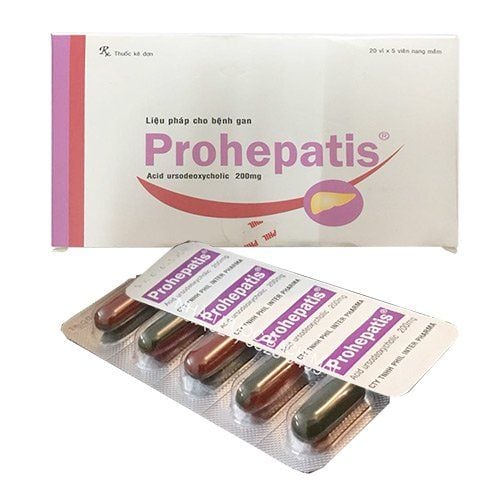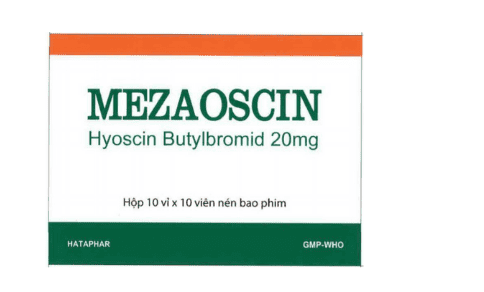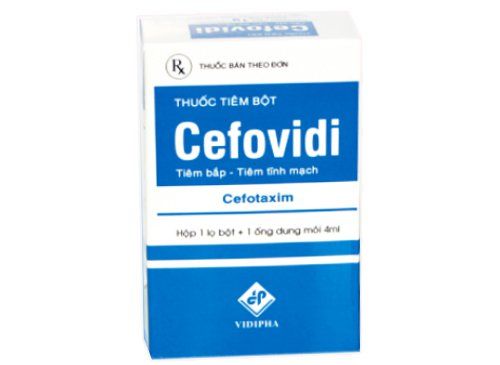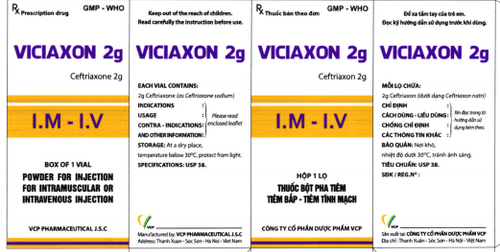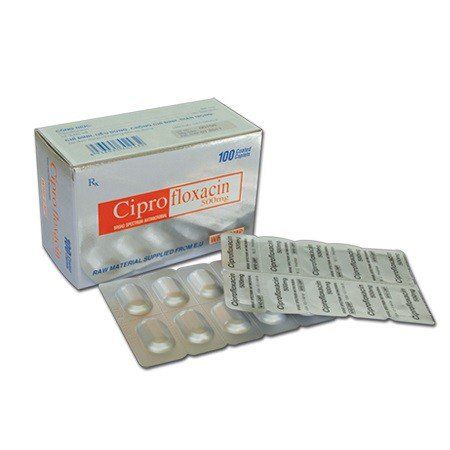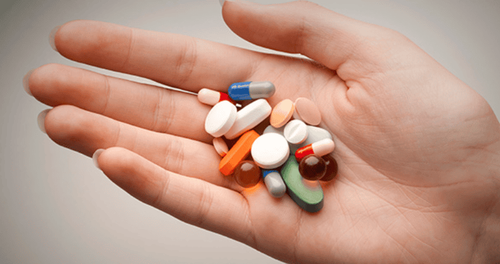This is an automatically translated article.
Danafosule drug is prepared in the form of a powder for injection with the main ingredients of 500mg Cefoperazone Sodium and Sulbactam sodium. Adhering to indications, the dose of Danafosule drug will help patients improve treatment effectiveness and avoid unwanted side effects.
1. Uses of the drug Danafosule
The active ingredient Cefoperazone in the drug Danafosule is a semi-synthetic antibiotic belonging to the 3rd generation cephalosporin group, it has bactericidal effect thanks to its ability to inhibit the synthesis of the cell wall of growing and dividing bacteria. Cefoperazone is very stable under the action of Beta - lactamases formed in most gram-negative bacteria. Therefore, Cefoperazone has strong activity, broad spectrum of action, including penicillinase-producing strains of N. gonorrhoeae and most strains of Enterobacter, Proteus, Citrobacter, Morganella, Salmonella, Providencia, Shigella and Serratia spp.). Active ingredient Cefoperazone has weaker effect against Enterobacteriaceae than other 3rd generation Cephalosporin drugs. Cefoperazone is usually active against bacteria resistant to other beta-lactam antibiotics.The active ingredient Sulbactam in Danafosule is structurally similar to beta lactams, but it has very weak antibacterial activity. Therefore, Sulbactam should not be used alone in clinical practice. When attached to Beta lactamase, sulbactam will inactivate this enzyme, thus protecting the antibiotics with beta lactam structure from degradation. Therefore, Sulbactam is often used in combination with the penicillin group to expand the antibacterial spectrum of penicillin with beta lactamase-producing bacteria such as enterobacteria, staphylococcus, E.coli, Branhamella, Neisseria, Klebsiella, Proteus, the anaerobic bacteria Bacteroides and Acinetobacter.
2. Indications and contraindications of the drug Danafosule
Danafosule is indicated for the treatment of infections caused by susceptible bacteria, such as:
Upper and lower respiratory tract infections. Urinary tract infections. Abdominal inflammation. Cholecystitis. Biliary tract inflammation. Other abdominal infections. Septicemia. Meningitis. Skin and soft tissue infections. Bone and joint infections. Pelvic infection Endometriosis Gonorrhea Other genital infections. Danafosule is contraindicated in the following cases:
People with a history of allergy to penicillin group antibiotics, cefoperazone, sulbactam or any antibiotic of the Cephalosporin group. Caution when using Danafosule drug in the following cases:
Pregnant women: Cefoperazone and sulbactam in Danafosule can cross the placental barrier. Currently, there are not enough well-controlled studies of Danafosule in pregnant women. Therefore, Danafosule should only be used by pregnant women when absolutely necessary. Lactation: Only small amounts of cefoperazone and sulbactam in Danafosule are excreted in human milk. Although the active ingredients cefoperazone and sulbactam are rarely excreted in human milk, caution should still be exercised when Danafosule is administered to a nursing mother.
3. Dosage and how to take the drug Danafosule
Danafosule can be used by intramuscular injection or intravenous infusion. The dose of Danafosule drug should be according to the doctor's prescription, the reference dose in specific cases is as follows:
Recommended dose of Danafosule for adults:
Mild and moderate infections: Use dose 1- 1. 2g (Cefoperazone) every 12 hours. Severe infections: Use dose 2-4g / time every 12 hours. Recommended dosage of Danafosule in children: 25-100mg/kg every 12 hours.
The dose of Danafosule for people with liver disease or biliary obstruction should not exceed 4g/24 hours.
Symptoms of Danafosule overdose include increased neuromuscular excitability, convulsions, especially in patients with renal failure. In the event that Danafosule overdose occurs due to renal failure, hemodialysis can help remove cefoperazone and sulbactam from the body.
4. Danafosule side effects
Overall Danafosule was well tolerated and most of the side effects were mild to moderate. During the use of Danafosule, you may encounter some side effects, including:
Diarrhea; Nausea and vomiting; Erythema; Urticaria; Reversible leukopenia due to prolonged drug use; False-positive Coomb reaction; Decrease in Hemoglobin and red blood cells; Decreased eosinophils; Thrombocytopenia and hypoprothrombinemia. If you see any unusual symptoms while using Danafosule, you need to immediately notify your doctor, or go to a medical facility for timely treatment.
5. Interaction of Danafosule with other drugs
Drinking alcohol or alcohol-containing products while using Danafosule will inhibit Aldehyde dehydrogenase. This causes accumulation in the blood and causes a disulfiram-like reaction. This reaction is characterized by symptoms such as: Hot flashes, headache, sweating and rapid heart rate. Danafosule and aminoglycoside antibiotics should not be mixed together, as this will reduce the drug's activity. If the combination of Danafosule and aminoglycosides is required, the infusion should be interrupted, and the infusion tube should be flushed between these two doses. Or take the drug Danafosule away from the time of taking aminoglycosides. The initial reconstituted solution of Danafosule should not be made with a 2% solution of lidocaine HCl because these suspensions are incompatible. Sterile distilled water was used to make the initial reconstituted solution and diluted with 2% lidocaine solution to make a compatible solution. Care should be taken when combining Danafosule with thrombolytics, anticoagulants, and nonsteroidal anti-inflammatory drugs because of the potential for bleeding. Danafosule should not be mixed with amikacin, ketamycin B, gentamicin, doxycycline, ajmaline, diphenhydramine, meclofenoxate, potassium magnesium aspartate to avoid precipitation. When Danafosule is mixed with hydroxylin dihydrochloride, aminophylin, procainamide, cytochrome C, proclorperazine, pentazocine, aprotinin, after 6 hours there is a change in the drug's properties. Danafosule may affect the results of the following tests: Urine glucose test with Benedict's or Fehling's solution; Antiglobulin test (Coomb); Serum AST, ALP, ALT, BUN and serum creatinine. Above is all information about the drug Danafosule, patients need to carefully read the instructions for use, consult a doctor / pharmacist before using. Note, Danafosule is a prescription drug, patients absolutely must not buy and treat at home because they may experience unwanted side effects.




